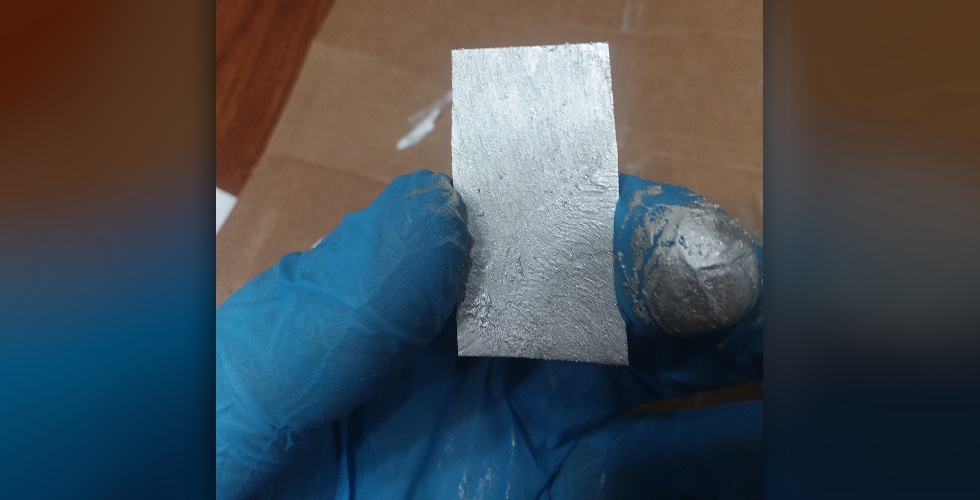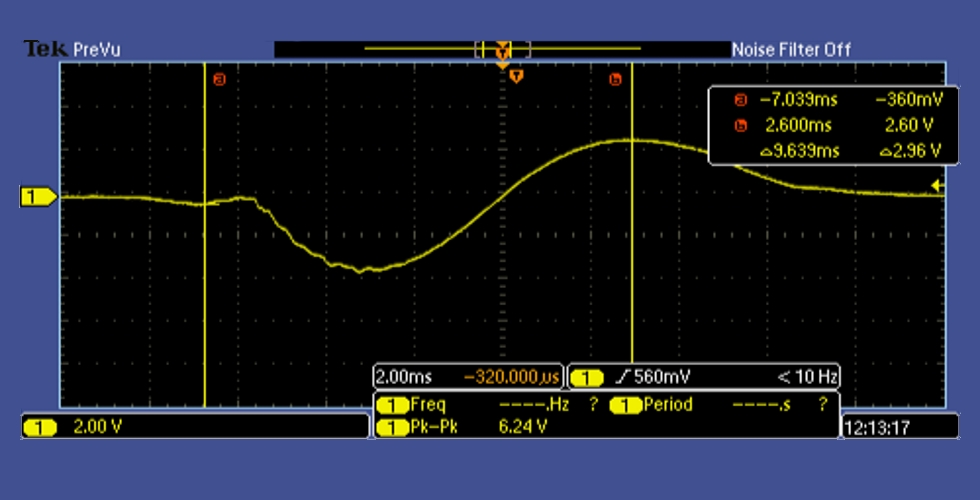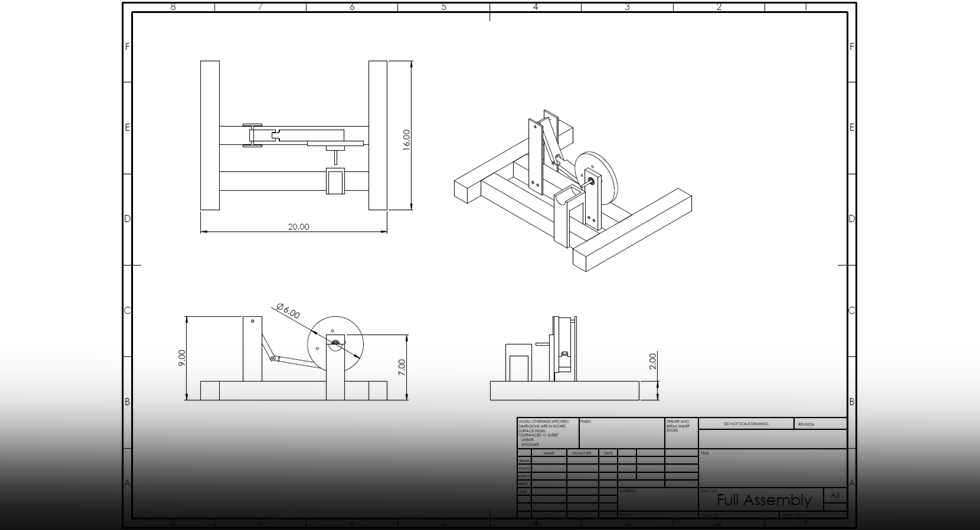Gore Bioelectric Capstone
Rethinking Implantable Medical Devices
About Gore Bioelectric
In the past 50 years, there has been an increase in Implantable Medical Devices (IMDs). IMDs are often powered by batteries, with lithium-based batteries being the most common selection due to their relatively long lifetime of 5 to 10 years. Since patients often outlive the lifespan of the battery, surgical replacement of either the battery or the entire device is often required. This introduces additional costs and risks to the patient. The objective of this project is to develop a fully implantable electric generating/charging system to prevent the need for surgical battery replacements in various IMDs.
News
The UGRADS poster and presentation for the Gore Bioelectric project went well. You can find the poster and presentation in the documentation page; both summarize the team's successes and failures in meeting this project's requirements.
3/28/18
The elbow has been picked for the implant location of the piezoelectric film. This location keeps the distance close to the implant location of the pacemaker, allowing for a quick and low risk surgery. As far as consistent power generation, the elbow has showen to be reliable based on tests conducted last month. The tests showed that the average person bends their elbow far more than what is required to produce the energy to power a pacemaker. In the case that the person losses mobility in their elbow, the backup energy stored in the super capacitor can keep a pacemaker going for weeks.
2/7/18
The piezoelectric generator is the winner for power generation. Various circuit designs based on the TPS610985 and LTC3588 ICs are being analysed and tested. Once the bugs are iron out of the circuit, PCBs will be designed and ordered. Next is to pick the top implant locations for the piezoelectric film.
11/3/17
A piezoelectric generator was tested by applying 1.3N of force over 7ms. This produce a peak power output of 46µW with an RSM of 33µW. Even though, piezoelectric meets the project's power requirements, other methods of power generation are being looked into, such as those found in human powered watches.
10/11/17
Thermoelectric and piezoelectric methods are the current methods being researched for power generation. After testing results showed that a 1x1cm thermoelectric device over a 10±3°C gradient produces 90nW, which is under our power requirement of 10µW. However, further testing is required before ruling this method out. A piezoelectric generator is the next device to be investigated.


